This writing is merely a form of rambling, a rambling about games if you will and it does contain some spoilers. Be warned.
I find myself struggling with this for the past few years and I must admit that at times I wonder if it is true. I sometimes struggle with whether there is a place for games in Art schools at all. With the closing, down of the IM games department it is difficult not to feel slightly demoralized, though that problem might have to do more with staffing than with the medium.
What I struggle with in a deeper level is how I lack in the ability to justify this medium that I love so much as something more than entertainment, to change the idea that games are some sort of interactive film or story/role-play driven art installation. Games are both, and yet they are neither. At the heart of games, beneath its interaction and its story likes a more crucial ingredient. The element of play.
Games give players some agency, enough to make them feel that their choices matter but limited for the plot to happen. Games are not purely storytelling mediums; they are experiences that they players have because they not only tell a story but give you the freedom to choose it
What separates a game from a work of art is it’s creating an environment for play and role play. In art, you are the audience or a participant. In film, you are a viewer. In games, you are someone else, you play as someone else.
In games, you are the player.
There’s is no other medium that allows you to pretend to live someone else’s life or make a choice in someone else’s story the way games can. Empathy in film is different from living another person’s dream. The camera, no matter how close, is limited to one path that always ends the same way. In art, the story belongs to you. Games however hold the delicate balance between the two. It enables us to learn skills that are deeply complex, solve problems using those skills, make choices with consequences as means of testing those skills and games allow us to do it through play.
In the 2012 game Journey, you experience an entire game, an entire journey without words. If you are lucky, you will find a companion that is basically another player from some other parts of the world. A stranger who’s only means of communicating with you is using one button to create one kind of sound and particle effect. The game does not allow words or names or sharing of life stories because it understood something about human connection in games that no other medium can replicate. Humans form bond when they play together. The mechanics of the game is merely to explore. But the action of doing so together allows us as human beings to create a connection through means of play.
I think Life is strange also showed us a different way play allows us to form better and stronger bonds. Throughout the game, you as the character Max must constantly save your friend Chloe from dying using your abilities of time travel. The gameplay forces you to have to constantly look out for her, rewinding when she dies and be on the edge, worrying for her. The game takes an even heavier toll when it forces you to choose between Chloe, someone whom you spend so much effort keeping alive and the town. At that point of the game you have invested so much emotionally trying to keep her alive that it is so difficult to “do what is right”.
I don’t think I have ever encounter any experiences even remotely close to that in an artwork or a film. The weight of my choices and my actions in the world can only be felt to the way it is through the means of games because I am not looking at someone else’s story. Agency has made me guilty of those actions.
This is where I feel that games are the most powerful
Play is perhaps the key defining element for what makes a game, a game. Play and story have set on sides of the fences for a long time. A long time ago some people argued over narratology and ludology. I believe that now it is commonly accepted that a good game, in its most refined state, understands that the mechanics of the game needs to work with its story. The mechanics exist because of the story and the story helps to explain the mechanics.
I think the recent release by Play dead studios, Inside did such a fantastic job. While a huge part of the narrative is told in its background, it is the mechanics of mind control that fascinates me the most. The game shows us a dystopic world where ‘drone’ like humans exist that are treated like slaves and controlled using helmet like devices. This was one of the most fascinating part of the game as it spoke volumes about the core theme of the game. Control.
We begin to question through a series of puzzles the extent of this mind control and we realize that a drone that is being controlled can also control another drone. Our mind wanders about the possibility that maybe our character is also a drone, controlled by someone else out there.
This narrative is taught not through words, not through dialogue, but through play.
Mechanics and narrative needs to go together for a game to be meaningful and effective. Play is necessary for us to learn the rules of this world. Story is a result of our experiences, our choices and their consequences. None of these can be thought separately from one another and none of this can be thought of as less or more important.
http://www.kongregate.com/games/jordanmagnuson/loneliness
And while it is tiring to just think about the complexity of crafting such a medium, I am reminded that such games do exist, even when stripped to its core. A flash game called Loneliness managed to achieve a deeply emotional moment with me, using its mechanics as a means of storytelling. It’s meaning is derived purely off its gameplay. Each supporting the other to form a whole greater than the sum of its parts.
Games has its own language and to be literate in the medium requires one to acknowledge the simplest of truths. That games are neither film nor art.
Games are just games.
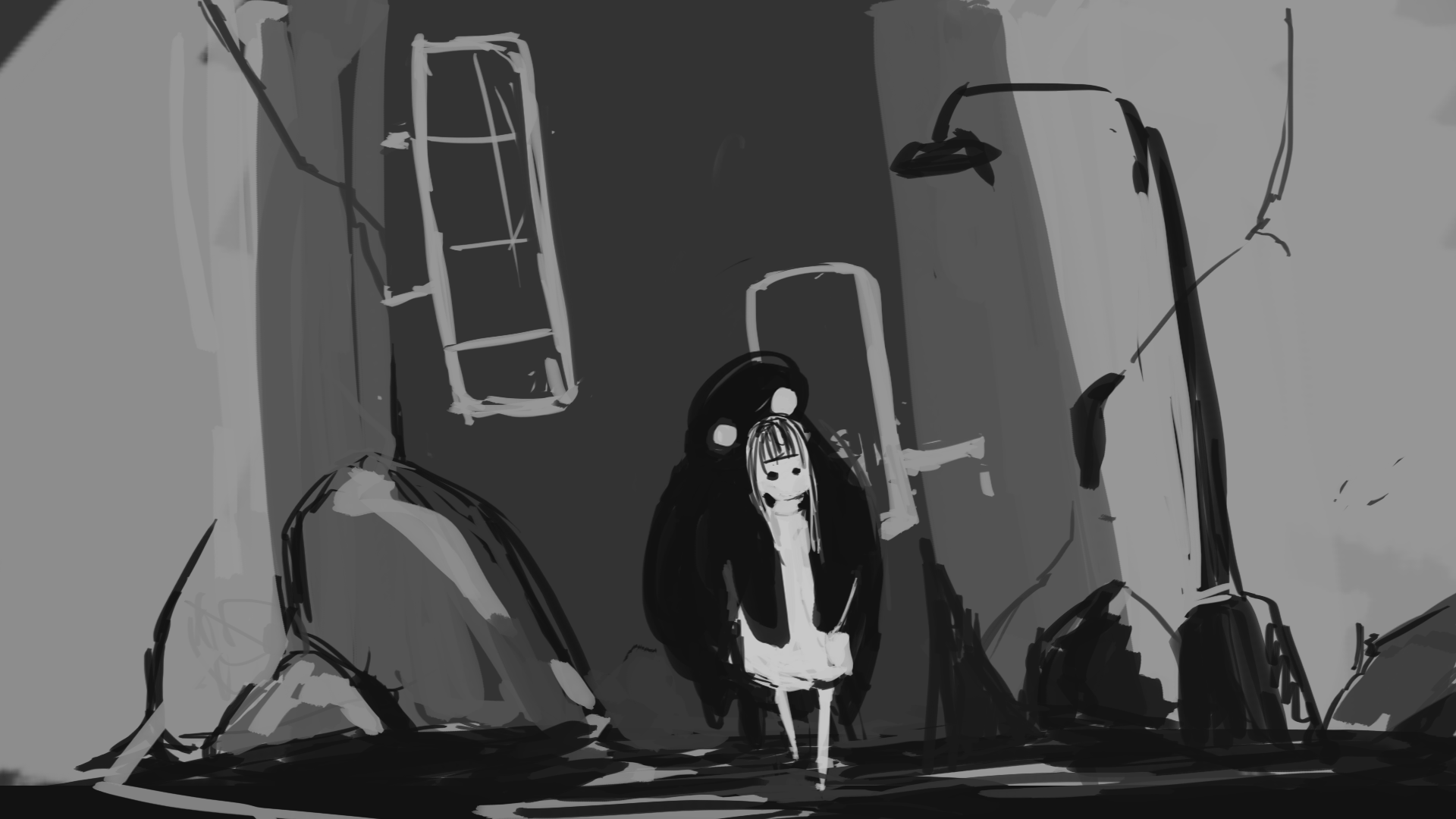
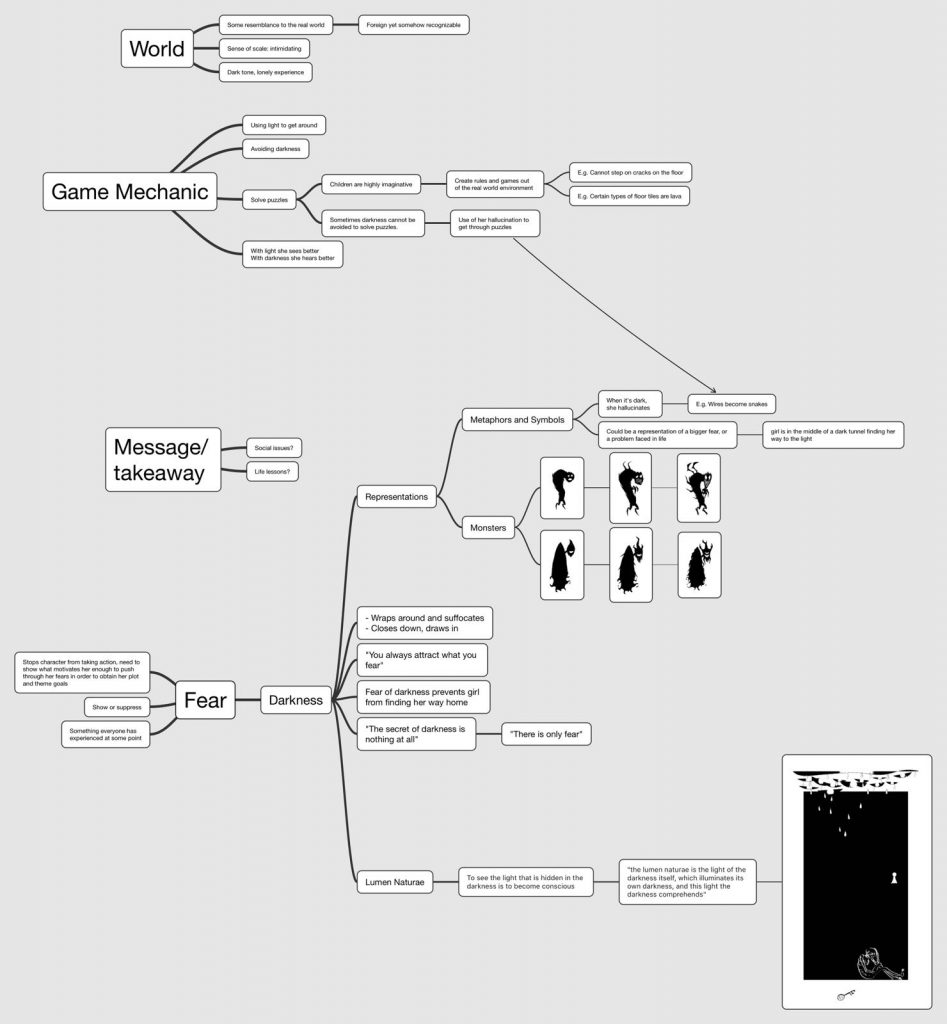
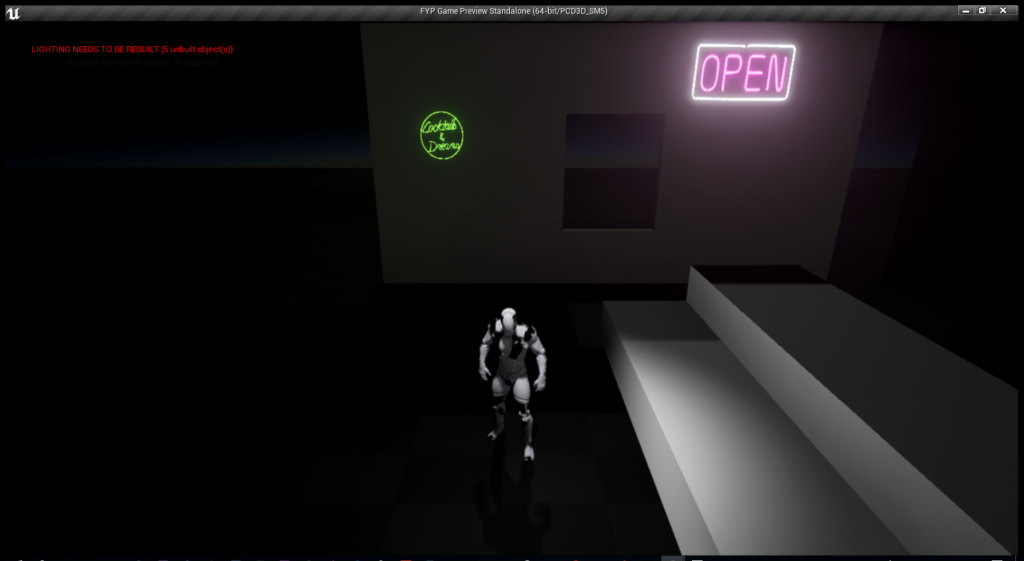
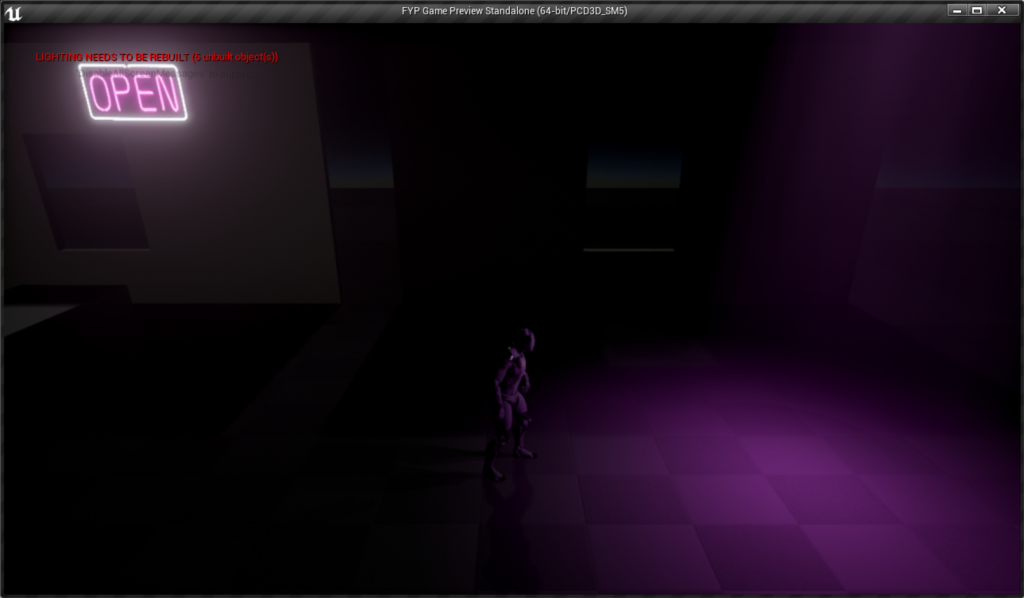


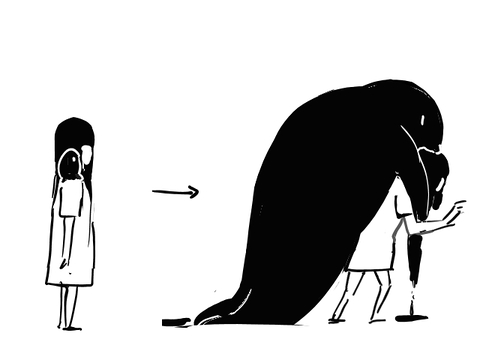
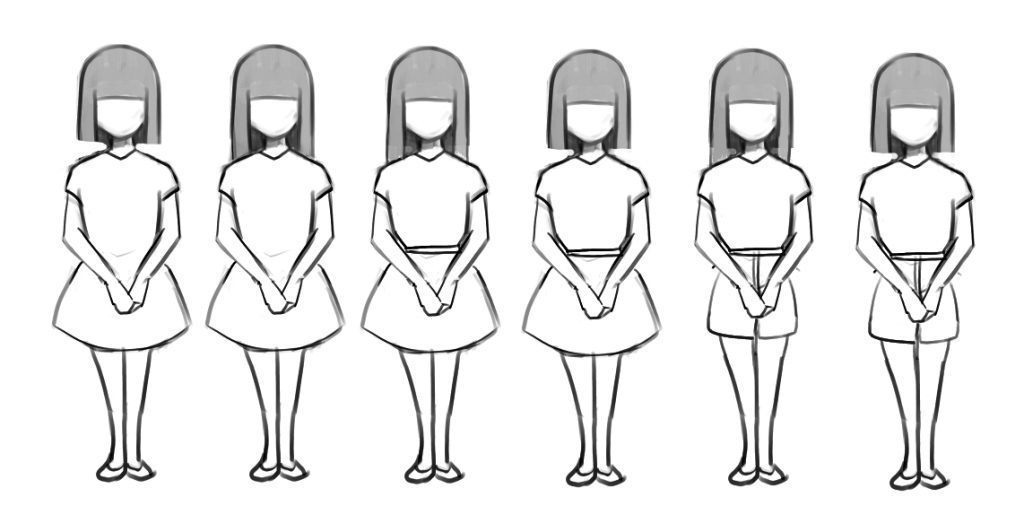

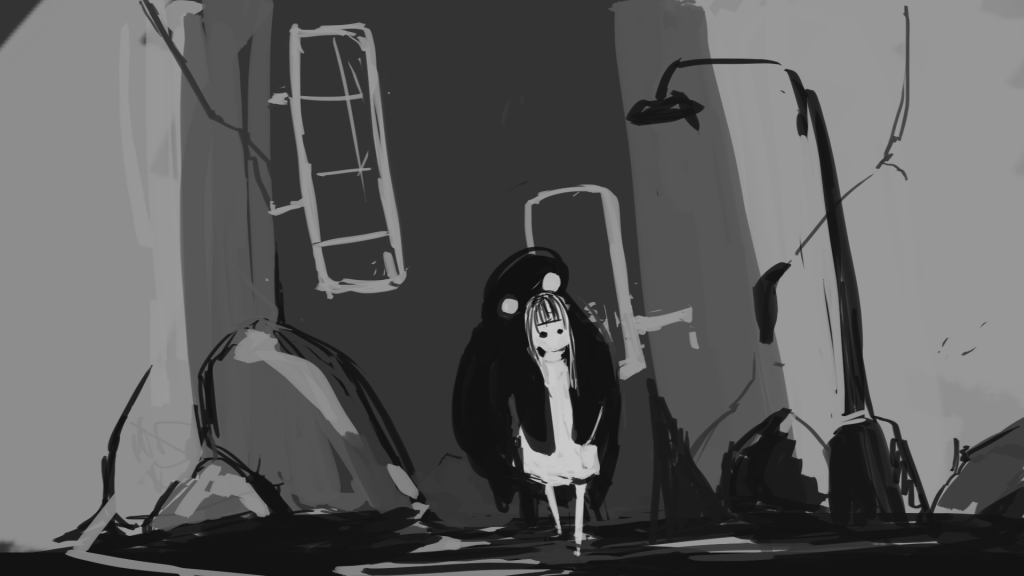



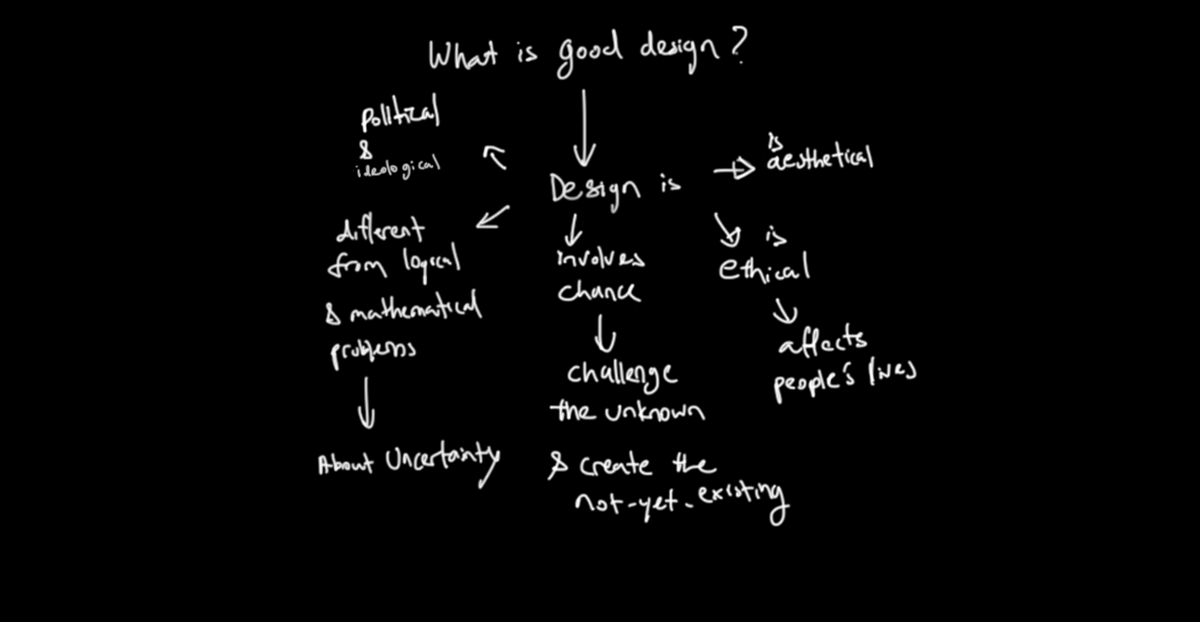
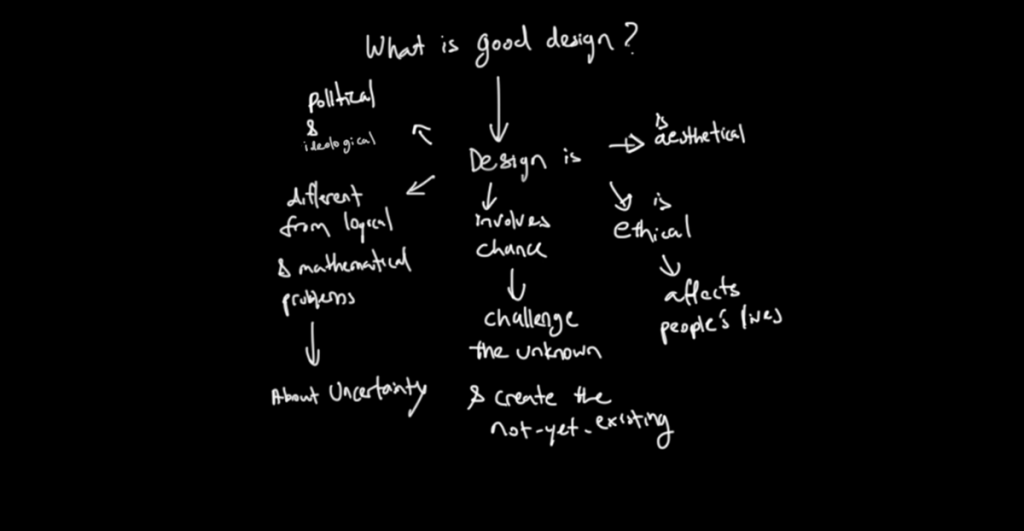
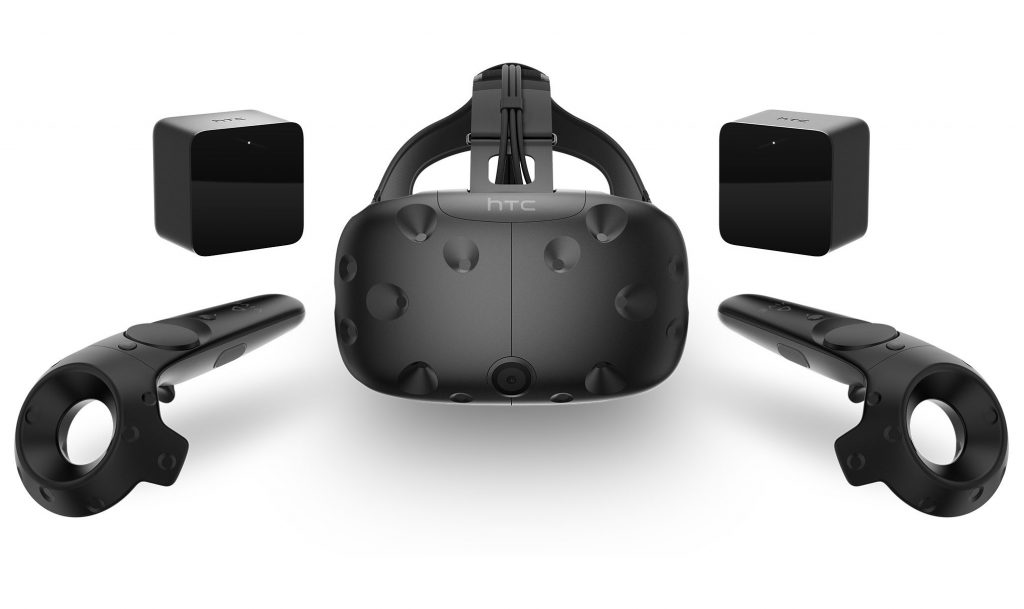

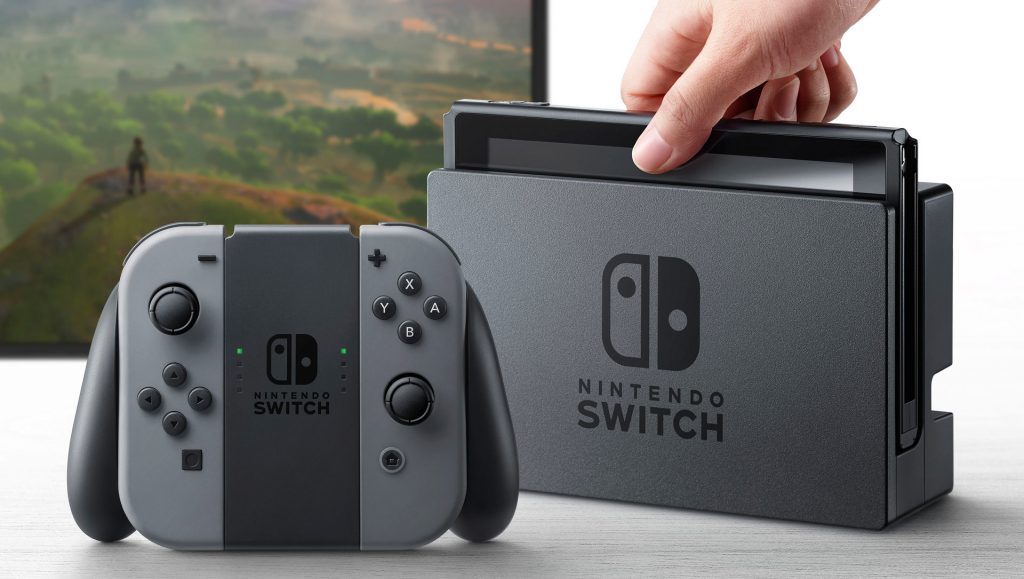
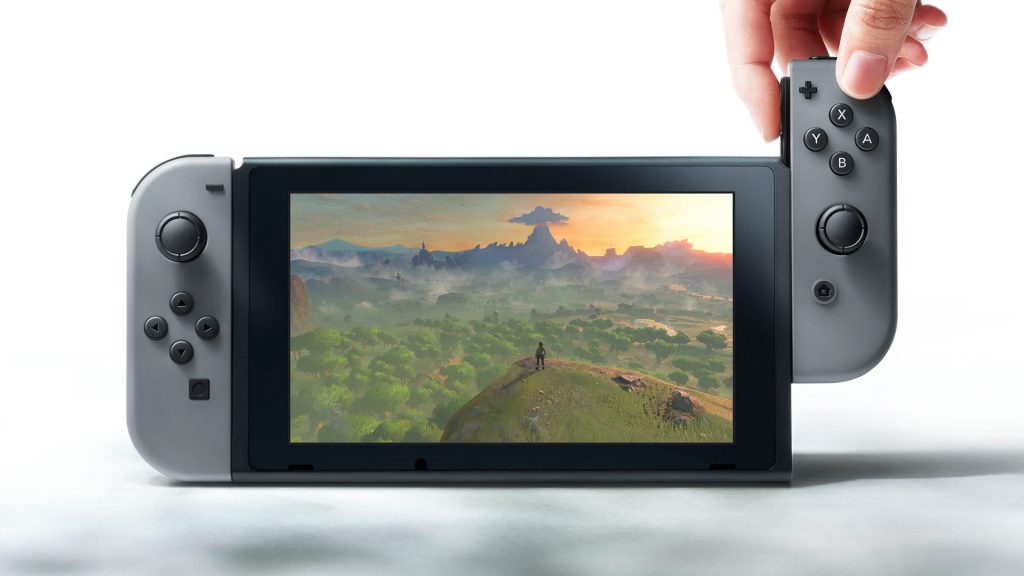









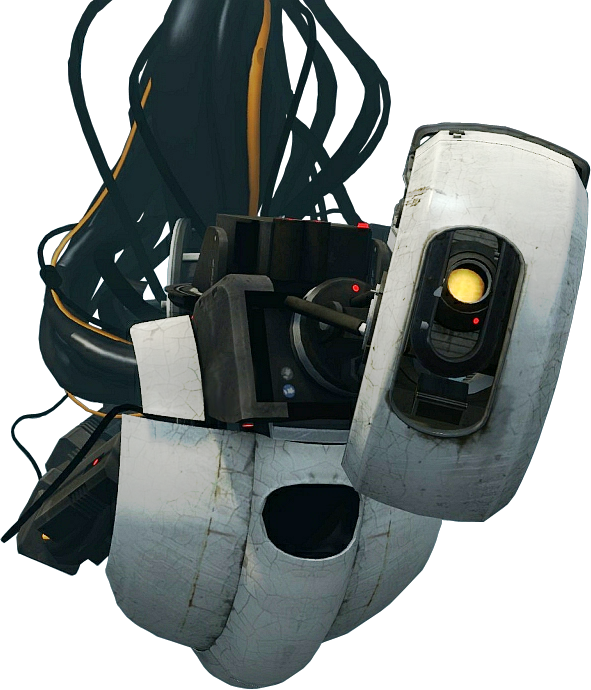



Recent Comments